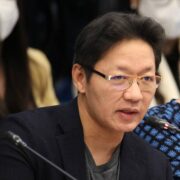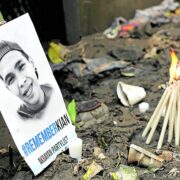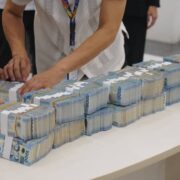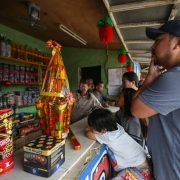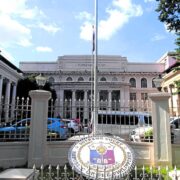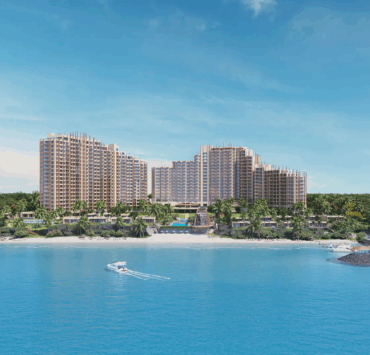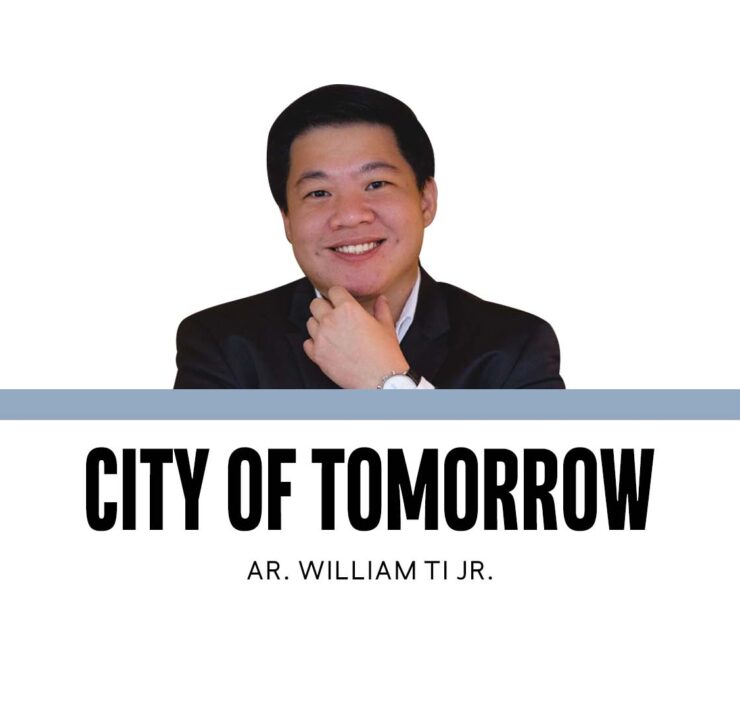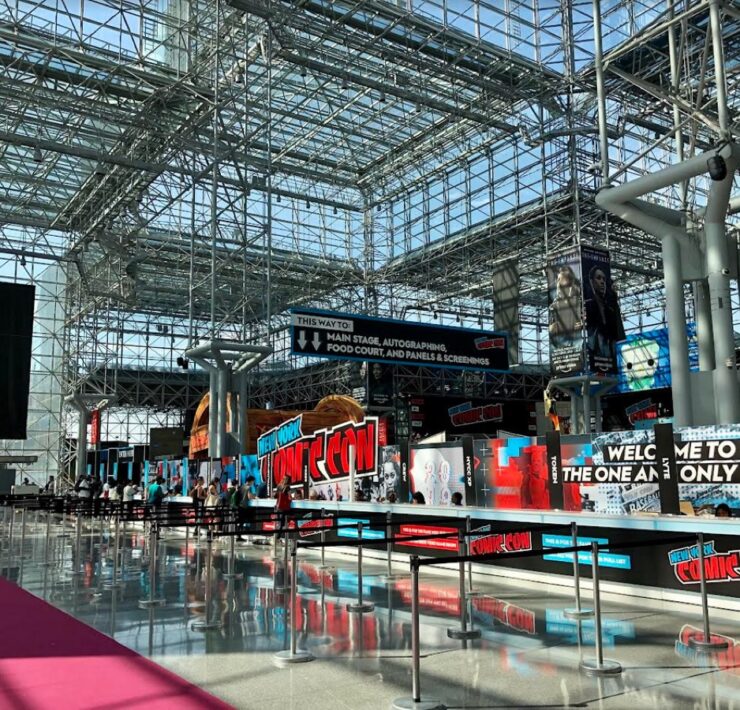Look up

Hope and kindness. I find myself thinking about these two words this week after watching Superman and finding it to be a breath of fresh air after the dark and gloomy version of the DCEU that it replaced.
I find myself thinking of these two words and architecture; of a better future for the city of tomorrow.
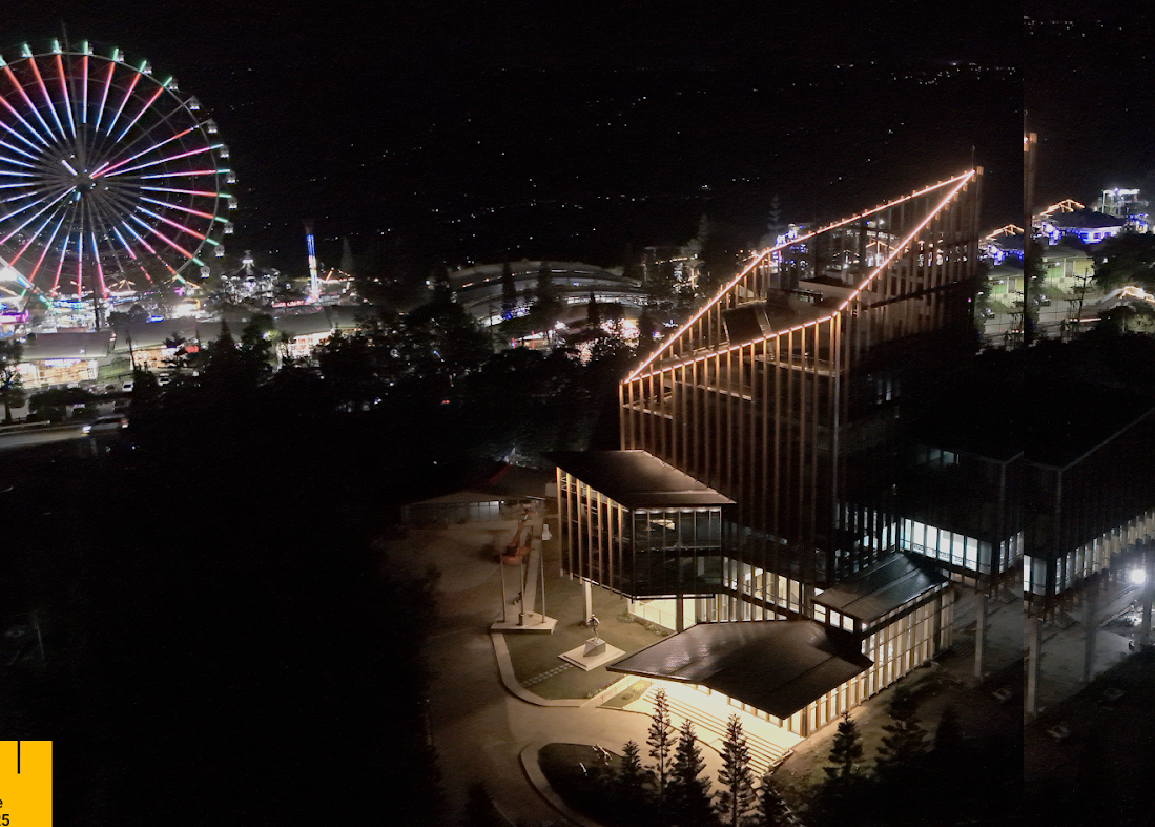
Hope
Architecture is about hope as much as change is about hope.
We change, we develop, we improve because we hope for better things. Hope is such an elusive quality in much of today’s architecture. We build cynical and fearful buildings that reflect our anxieties about the world we live in. We put up walls and barriers, restrict access, and submit to the tried and tested.
In many ways, architecture is a very conservative practice that keeps going back to the same well. Faced with the realities and challenges of today’s socioeconomic environment, many architects self-describe as being jaded or powerless.
We celebrate the nostalgia of architecture from decades and centuries past instead of looking forward to the years to come.
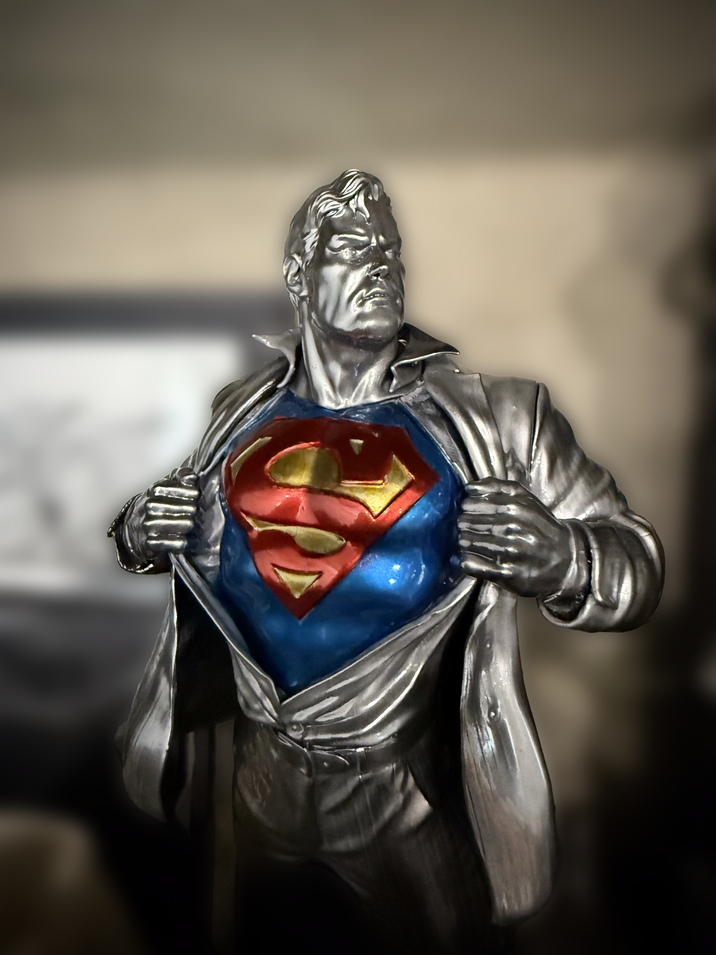
Kindness
Kindness is rarely talked about in architecture. Materials and forms that express power and strength are ubiquitous and so often cross over into harshness and remoteness.
This character of an unbending and indifferent form that’s meant to last through the centuries is habitually pursed without consideration for a friendlier, more sympathetic identity.
We design for contrast and drama, pursuing shadow and light, foregoing the familiar and comforting.
Architecture can be kind. It can eschew elitism and embrace the public. We can focus on spaces that serve and welcome everyone without exception. We can build places for underserved rural communities or informal communities that have been left behind.
As with most things in life, the ones who would appreciate architecture the most are the ones who had to make do without.
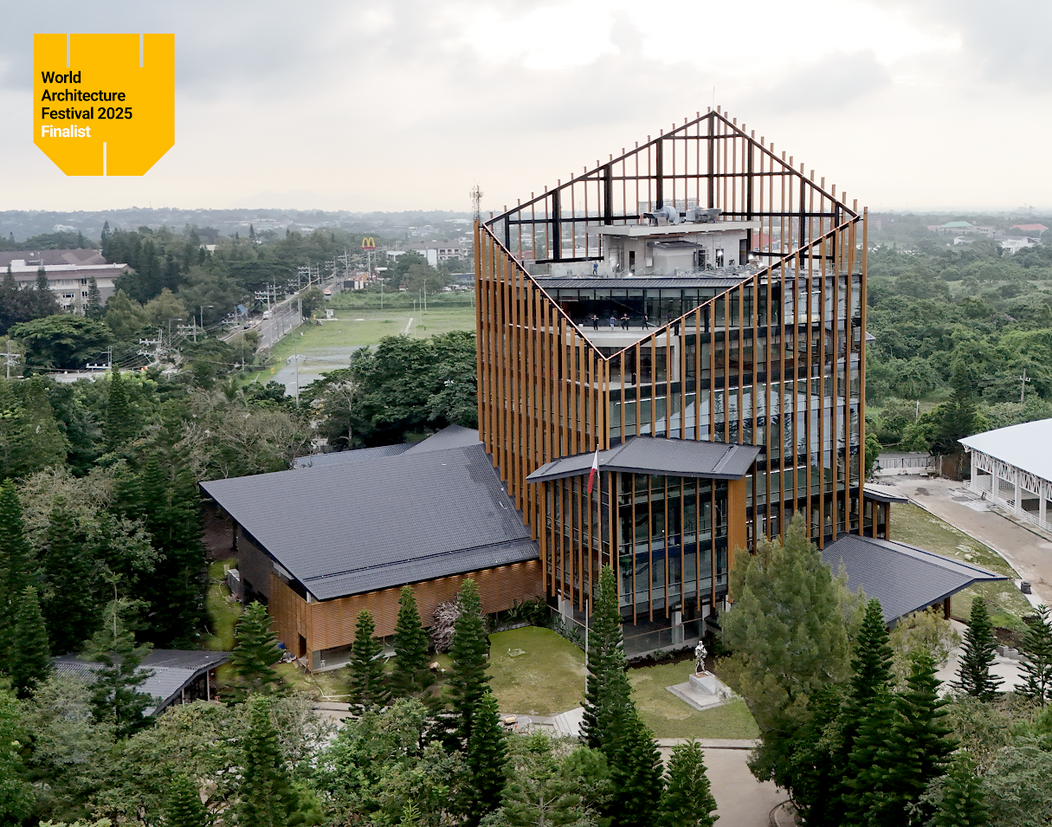
Silhouette of identity
Every so often I get asked how we are able to find public projects that manage to find a way to be celebrated and admired.
One of the reasons we are able to do so is by finding delight in creating an architecture for the public. To be able to insert a softer and more open aspect into the public buildings that we all use and need.
We have recently been able to complete the Tagaytay City Hall by working with the city government in developing an architecture that helps define the character of Tagaytay not with an edifice but with a porous and clustered form that welcomes the people.
The Tagaytay City Hall embraces the volcanic ridge geography, pine forests, and tourism of Tagaytay to help define a cultural identity that often gets swept away by the rapid commercialization and development of the city.
The Tagaytay City Hall is a layered extrusion of public and administrative spaces topped by an emphasized edge in a diamond form—an architectural ridge—diagonally cut as a geometric symbol of the caldera. Where nature begins in raw, unstructured form, architecture imposes order, not to dominate, but to celebrate. This principle guided the spatial planning: from open civic terraces to layered public parks.
The city hall is an open, accessible civic forum with its public halls and axial views. The central open core design allows for visibility and natural surveillance, fostering trust, productivity, and communal interaction. More than a government building, it becomes a democratic space—formed through shared purpose and lived in by the community.
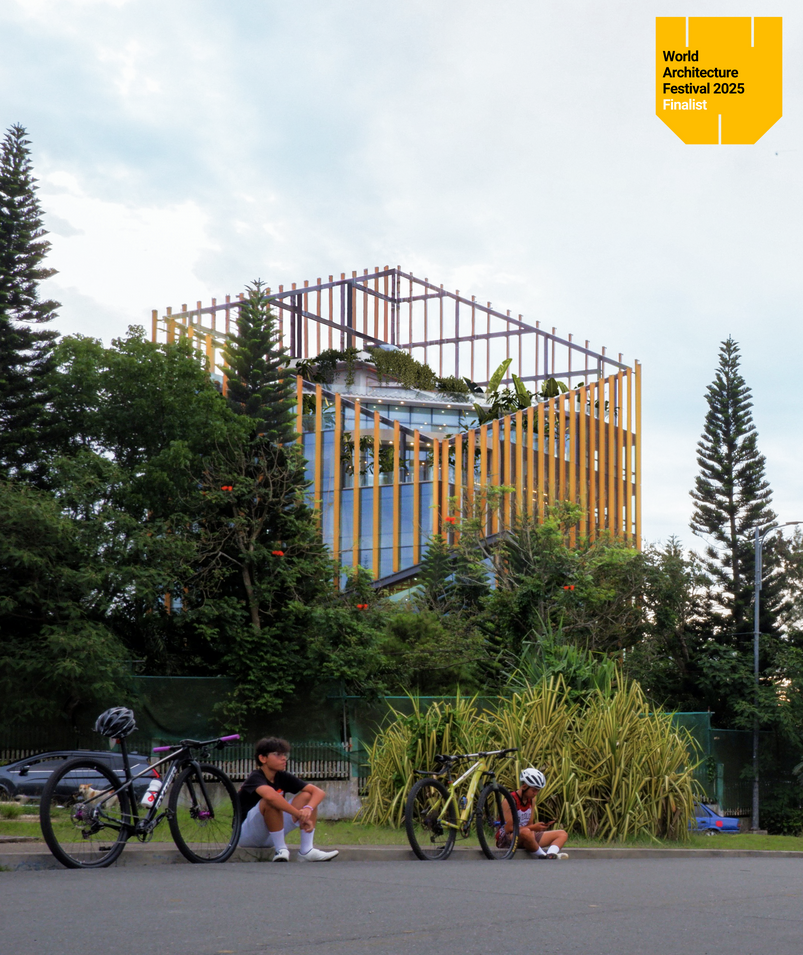
Drawing from the vertical silhouettes of the surrounding pine forests, a vertical rhythm that echoes these natural forms shrouds the city hall.
This takes shape in the soft progression of vertical golden-brown fins across the façade, that terminate in an irregular and organic edge that extends up to the skyline. The design fosters a visual familiarity, bridging nature with community, creating a familiar and beloved civic presence.
Architecture is a reflection of its own time and space. While we live in these challenging times, let us not forget to design an architecture that makes us want to look up not just with hope, but with a kindness for the delight that only being part of a better community can bring.
Let us remind ourselves that inside each architect is a man of tomorrow.
Design exploration requires the input of everyone in our community. We invite everyone to come join our explorations on the human environment. Join us on Instagram @wtadesignstudio and @entrari



